All products featured are independently chosen by us. However, SoundGuys may receive a commission on orders placed through its retail links. See our ethics statement.
AirPods alternatives: Can we finally stop copying Apple?
Published onAugust 26, 2024
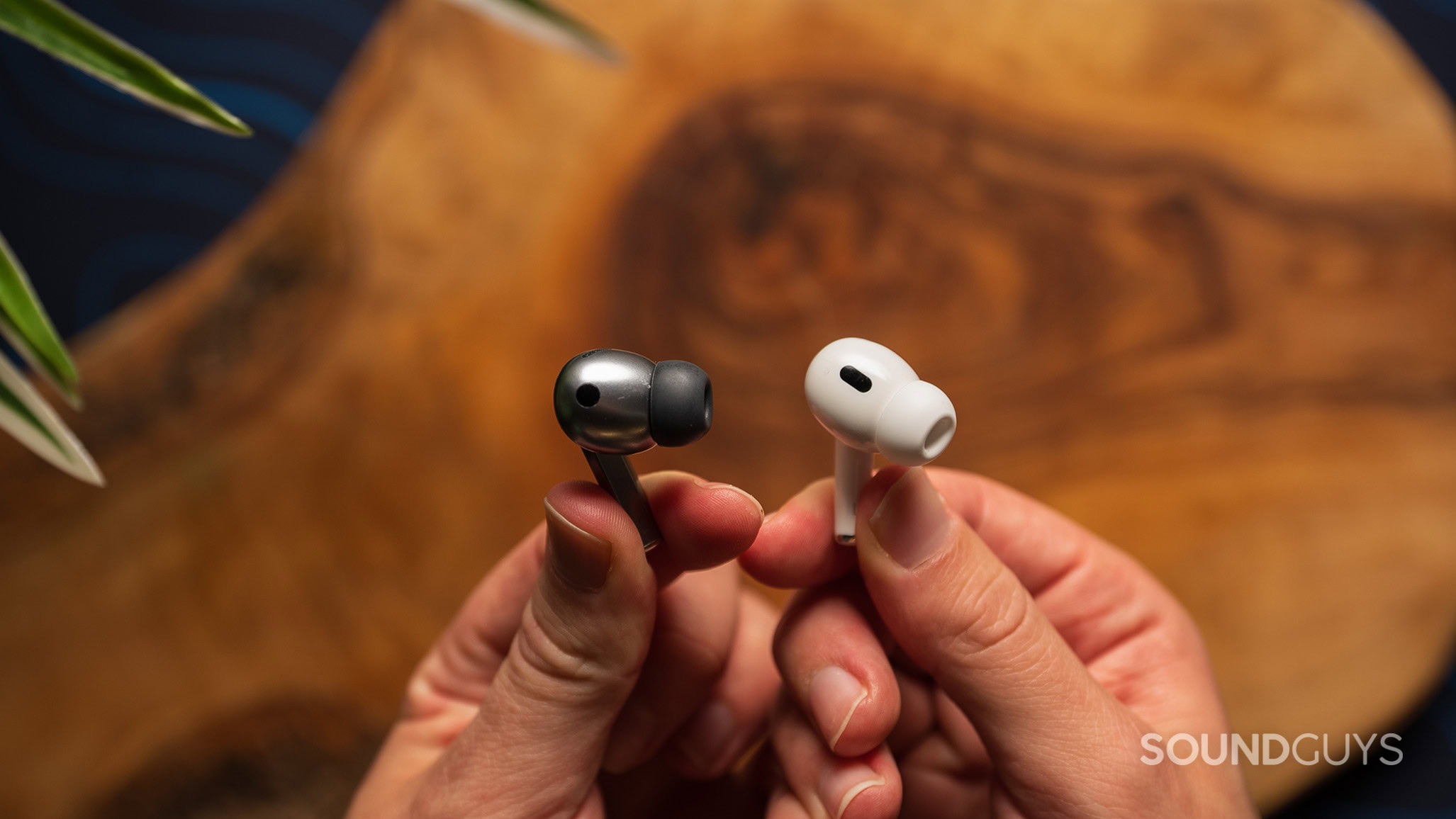
A clear departure from previous Galaxy Buds, the Samsung Galaxy Buds3 Pro adopt a stemmed shape with an edge. Samsung’s new buds and case bear a striking resemblance to the Apple AirPods Pro. This similar design positions them to be among the great AirPods alternatives. This strategic shift to compete more with Apple raises concerns about Samsung’s unique identity. Could the rush to mimic Apple’s success may have indirectly contributed to the Galaxy Buds3 Pro quality control issues? I’m afraid so.
Companies that continue to copy Apple are harbingers of an oversaturated market rife with generic products. I’m already tired of this short-term and think companies must nip it in the bud if they want long-term staying power.
A recap on the Galaxy Buds3 Pro quality control issues
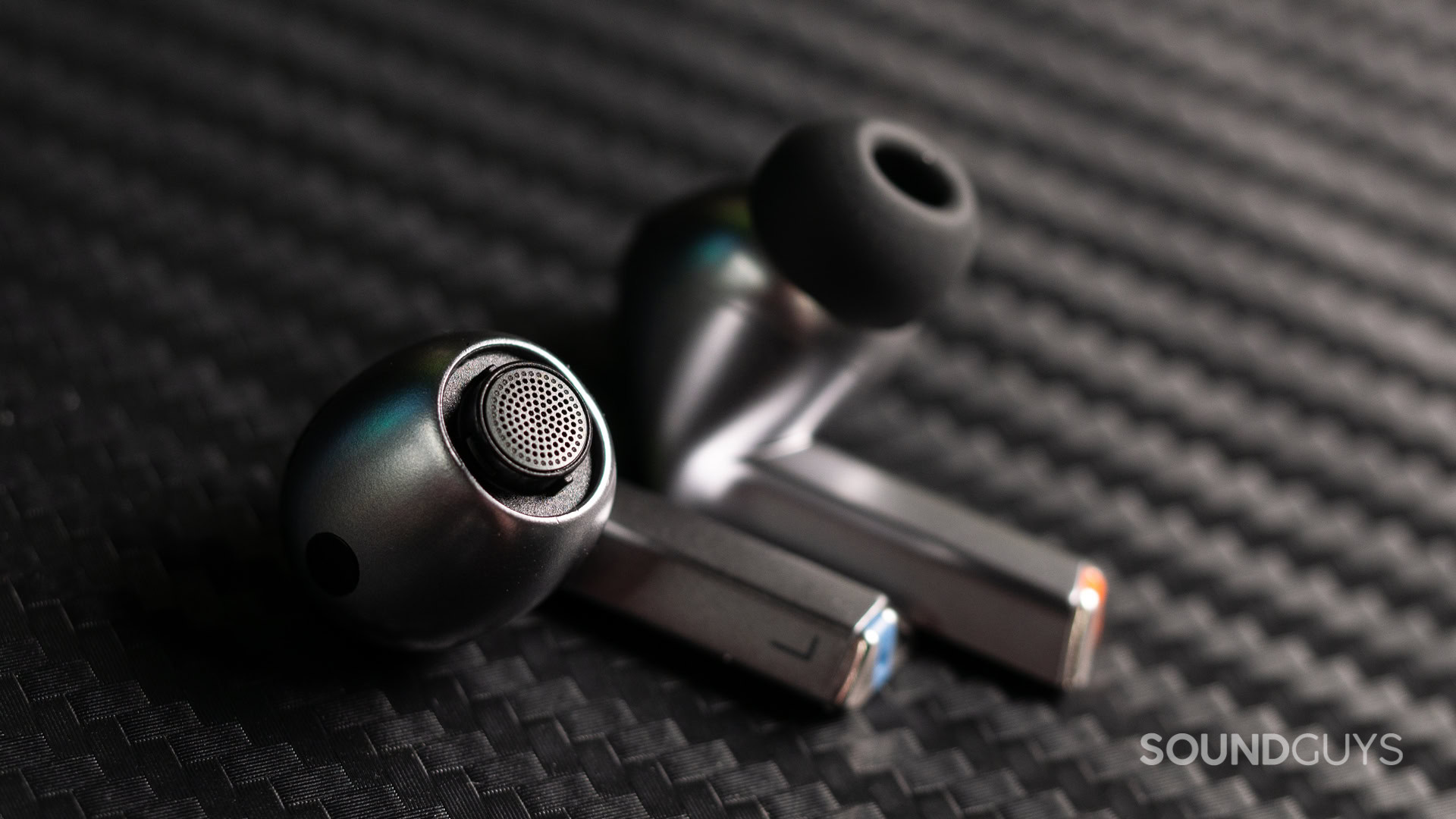
Samsung swiftly acknowledged the Samsung Samsung Galaxy Buds3 Pro quality control problems. Early buyers echoed the same experience on Samsung’s forum, saying the ear tips tore when they removed them from the buds. Samsung shared with our sister site Android Authority that the issue pertains only to early production units. In doing the responsible thing, Samsung halted shipment of Samsung Galaxy Buds3 Pro. This act delayed shipment for a month to ensure future earbuds were free of this tearing issue.
Quality control issues aren’t unique to Samsung. It is, however, interesting that this major issue cropped up on the earbuds that most closely resemble the AirPods Pro. Intentional or not, the Samsung Galaxy Buds3 Pro partake in AirPods mimicry. Perhaps from resting on the laurels of Samsung’s previous success, or banking on the historical success of the AirPods’ design, Samsung dropped the ball on attention to detail. The company overlooked a real problem for all buyers. Even if the default ear tips work for you, all of us have to remove the tips to clean them. Any listener would have run into this issue eventually. The ear tip issue happens to be the problem that came to fruition for Samsung, but there are other risks of imitating someone else’s success.
The perils of parroting others
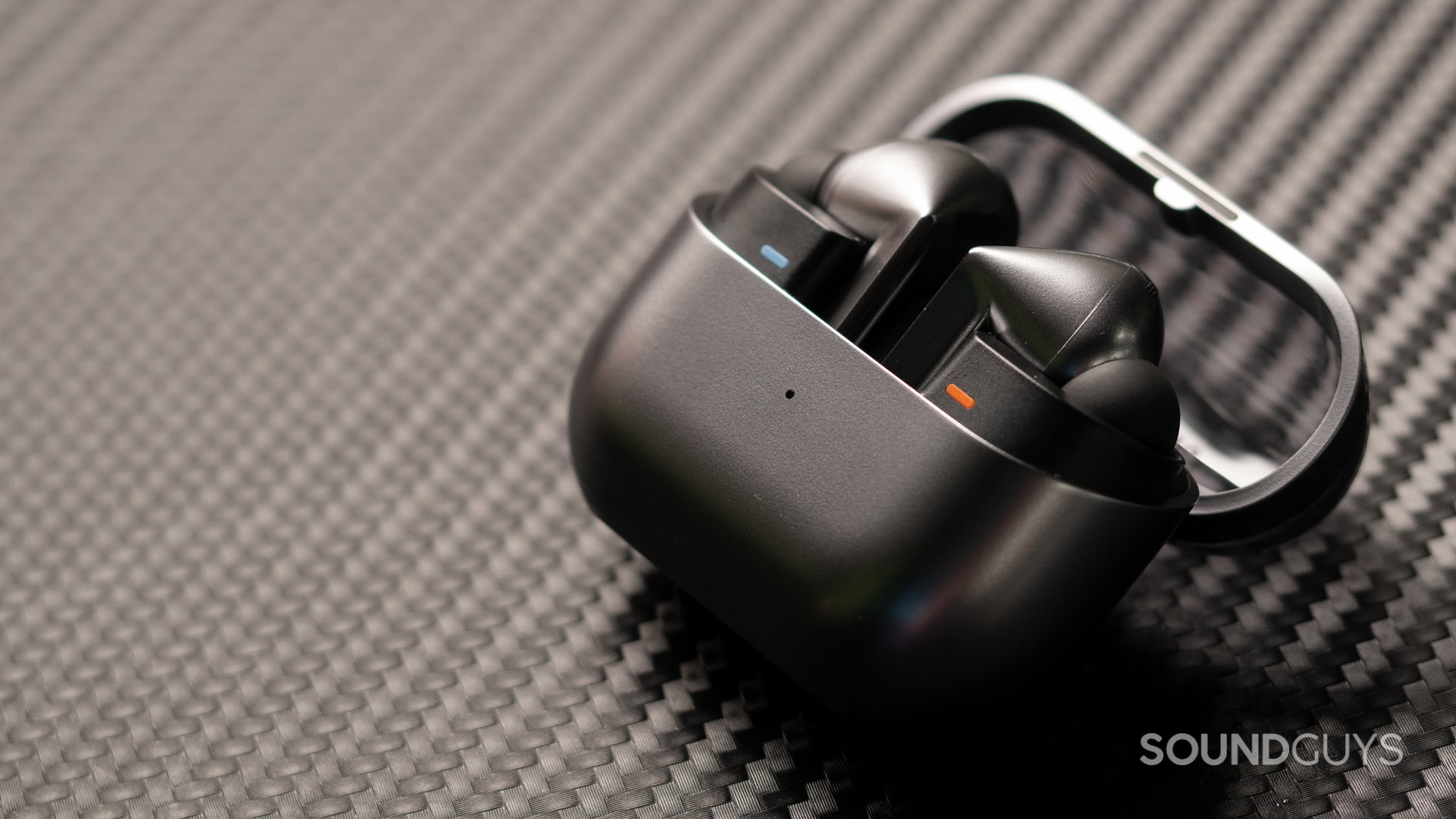
Aside from the glaring quality control issues on the Buds3 Pro, these buds have additional drawbacks. They offer sub-par active noise canceling (ANC), voice control quirks, and the worst battery life of the Galaxy Buds Pro series. Again, I’m not directly tying these Galaxy Buds3 Pro cons to the ear tip issues. Instead, it feels there is a bigger problem here. Samsung is simultaneously coasting on its and Apple’s past successes, and losing interest in delivering a high-quality, high-value product to its customers.
Moving to an AirPods-like design signals a decreased interest to innovate and excite Samsung fans about their earbuds.
While I’m using Samsung as an example, it’s not to pick on them. Samsung is merely the most recent, large company to release AirPods-like buds. Let’s consider Bose, another key player among top-tier earbud manufacturers, uses a stemmed design on their earbuds. Like Samsung, we have a couple axes to grind with its latest flagship releases.
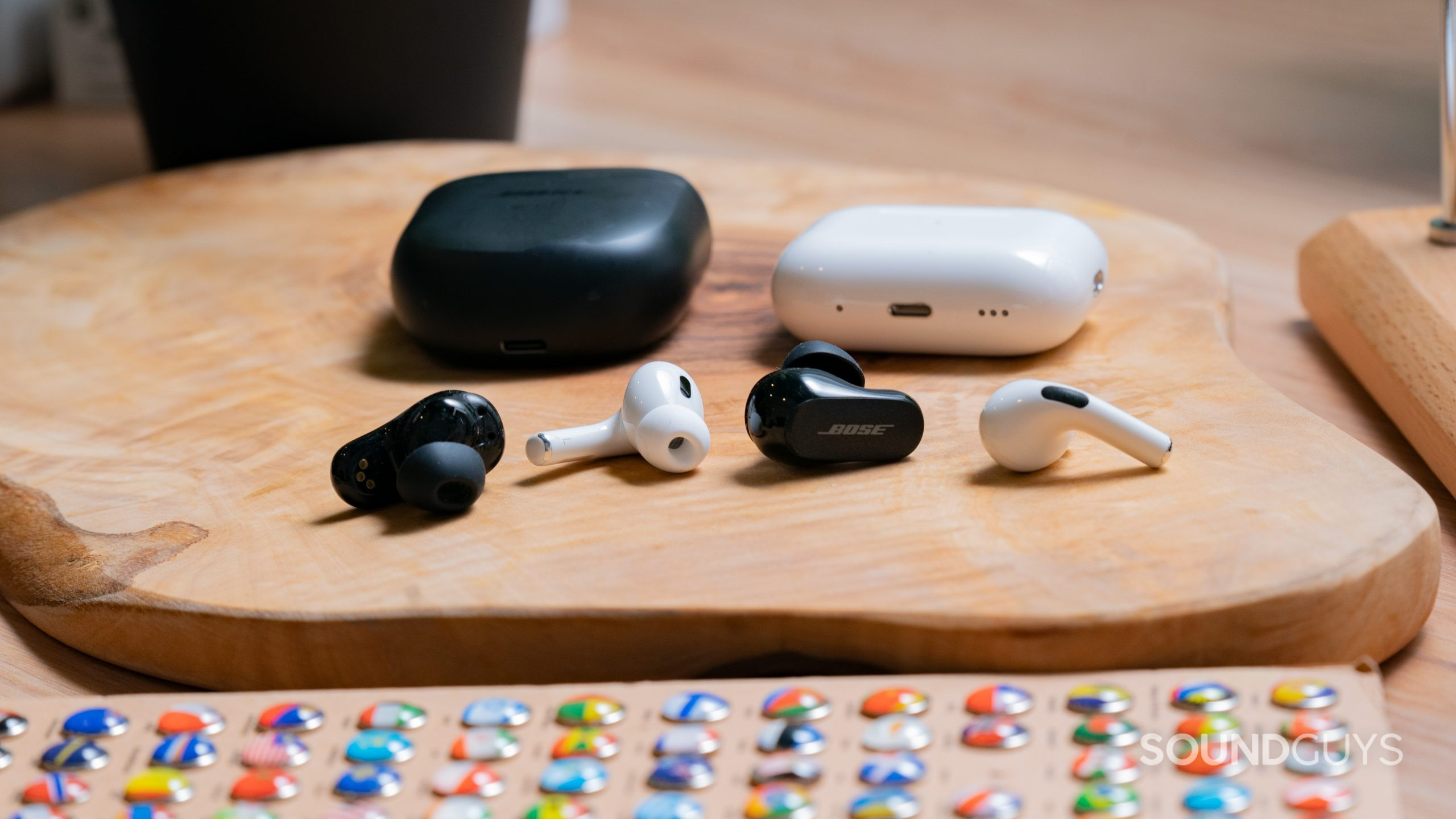
The QC Earbuds II have a dubious fit and strange default frequency response. Oh, and the QC Earbuds II debuted without a way to disable ANC. While we didn’t experience connectivity issues with our review unit, numerous users sounded off about their connectivity issues on the Bose subreddit. History repeated itself with user reports of connection issues with the newer Bose QC Earbuds Ultra, too.
Samsung and Bose aren’t alone either. All too many companies — tier-one through tier “never heard of it” — are phoning it in. The classic (aka AirPods-like) lollipop design is becoming a low-hanging fruit that companies expect to yield success because they look like AirPods. This allows them to get away with delivering half-baked products. Companies expect us consumers deal with the issues and hope a software update comes that fixes everything.
It seems companies that release AirPods alternatives fail to realize the draw of non-AirPods earbuds is that they don’t look like AirPods. If we wanted AirPods, we would buy AirPods.
The benefit of forging your own path
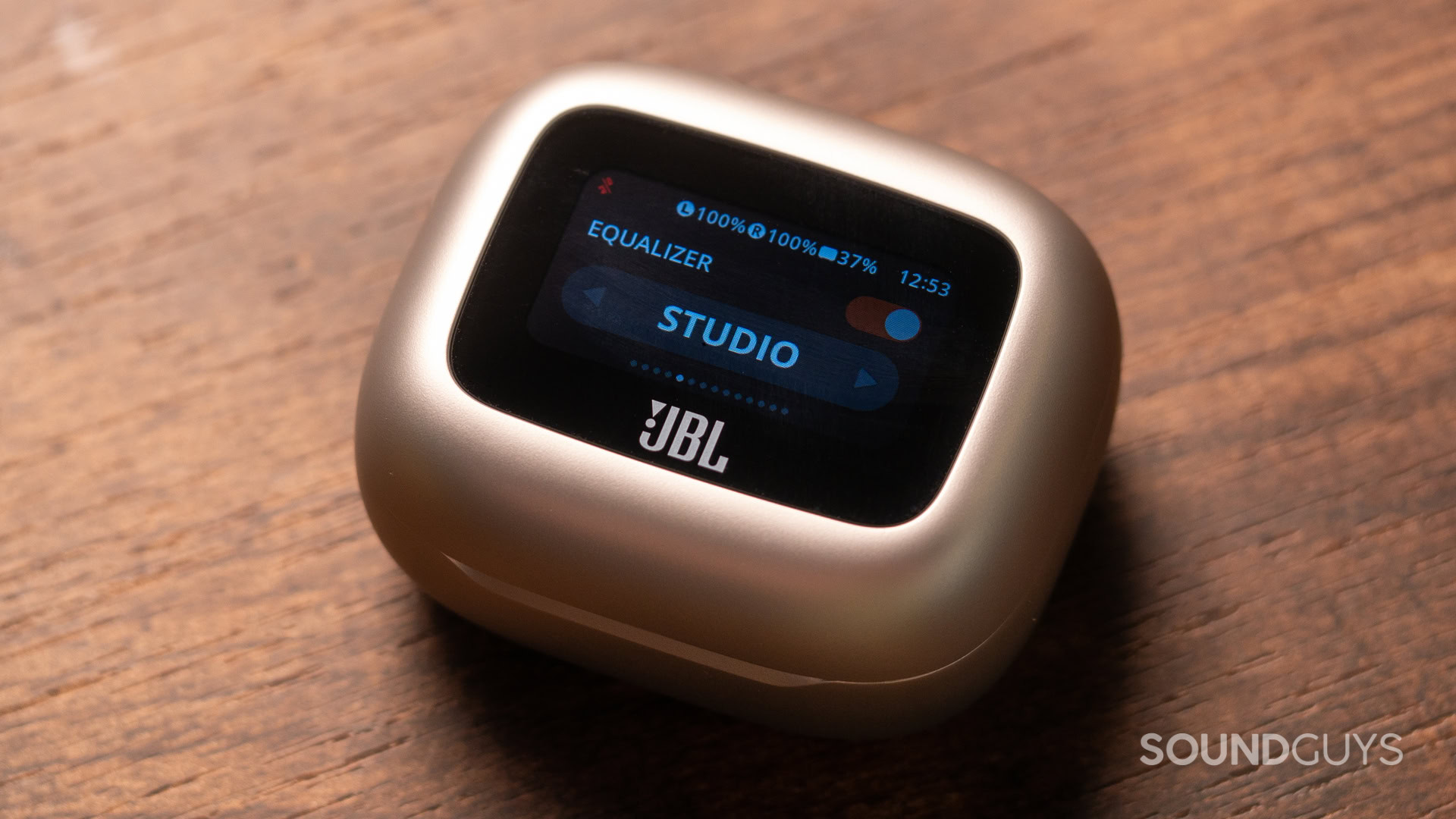
Let’s look at a company with more earbuds on offer than I have forks in my silverware drawer: JBL. According to Statista, JBL is the third most popular headphone brand as of June 2024. JBL captures 15% of the headphone market, trailing only Apple and Beats (an Apple subsidiary). Another Statista study confirms that JBL has risen through the ranks. In 2021, JBL was the fifth most popular headphone brand, capturing just 11.4% of the headphone market.
JBL has always been the kid spitballing in the back of the class, and to everyone's surprise, most of his shots stick.
JBL’s flagship earbuds are one of our favorite AirPods alternatives, and they share a lollipop shape. However, JBL takes a page from improv comedy’s playbook by saying, “Yes and…” to Apple’s design. The JBL Tour Pro 3, Live Beam 3, and Live Buds 3 all boast a touchscreen display on their charging cases. You can call it a gimmick. You can call it a marketing ploy. But you can’t call it an Apple facsimile.
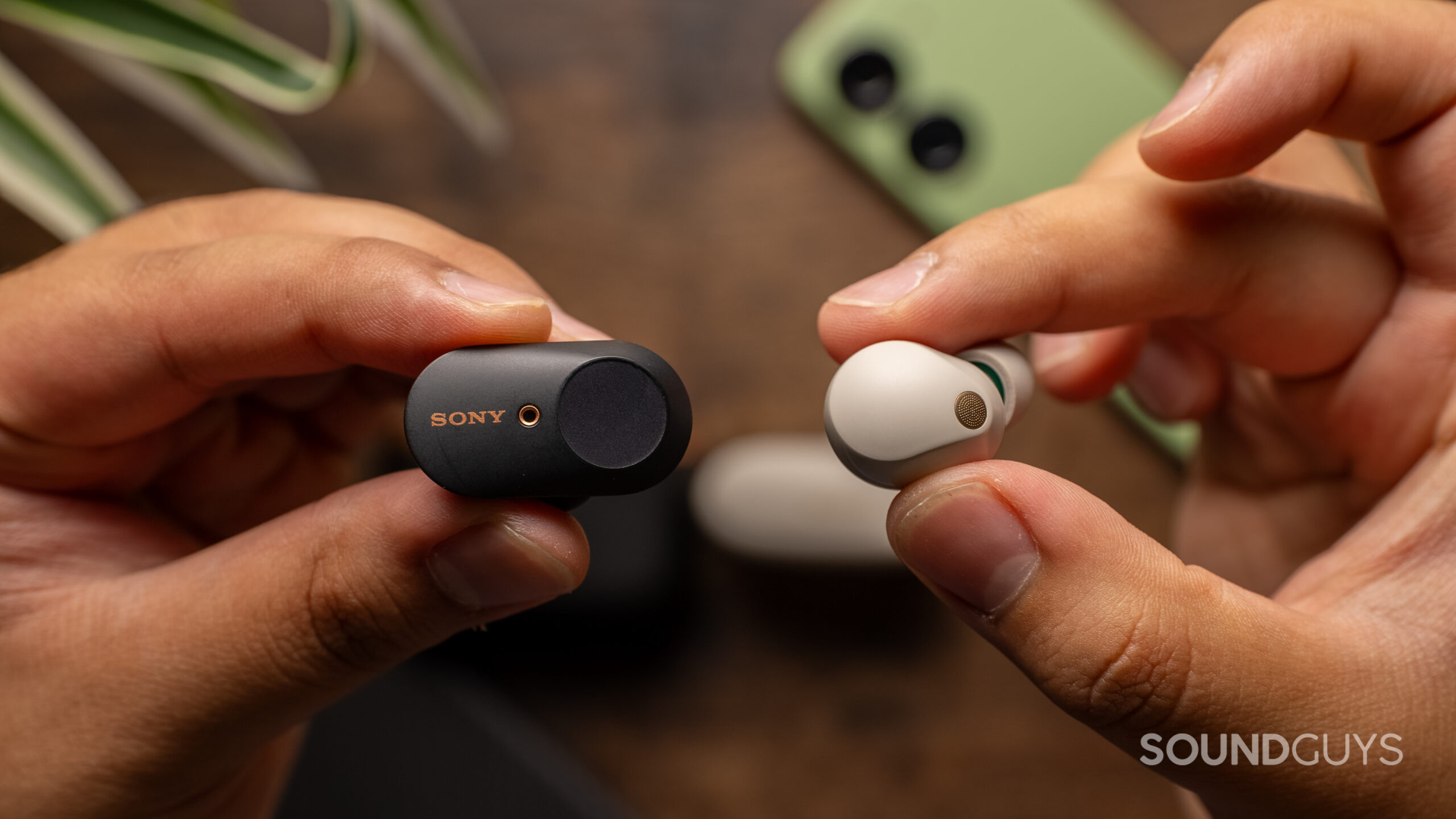
JBL has always been the kid spitballing in the back of the class, and to everyone’s surprise, most of his shots stick. The company’s current earbuds lineup comes in all shapes, sizes, and colors. I’m often shocked by how many different products JBL offers at any given time, but it knows what it’s doing.
Sony, another top contender, rests at the top of our AirPods alternatives list and doesn’t venture down the stemmed earbud trail. Not only has Sony’s signature earbud shapes and colorways set it apart from the pack, but its OS-agnostic approach has rallied Apple and Android fanboys alike. Sony is a reliable powerhouse when it comes to feature-rich products. While most people in our sphere will have their special brand quibbles, most can agree Sony’s earbuds are special. The WF-1000XM series constantly delivers unique features and signature designs.
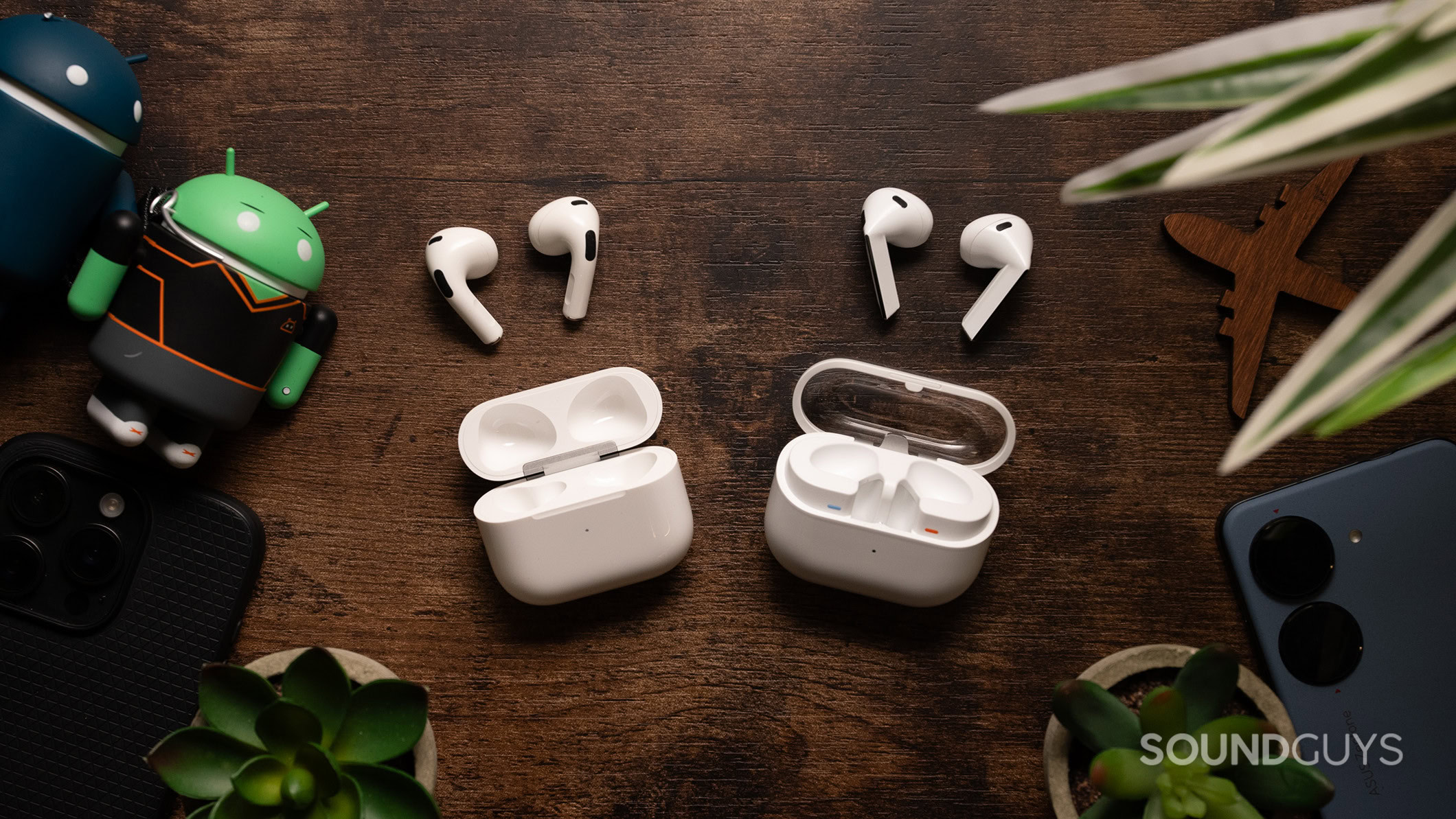
And we must address the elephant in the room of successful audio brands, Samsung itself. Samsung and Apple have repeatedly borrowed from each other’s playbooks. Samsung’s buds have always stood out for their playful, comfortable designs. The jewelry box-inspired case that debuted with the Galaxy Buds Live reflected individuality and thoughtful design, even if it wasn’t everyone’s cup of tea. Samsung built the Galaxy Buds brand off of being comfortable, easy to use, and had a clear design language that resonated throughout the buds’ evolution. And you know what, it garnered huge success for the company. Today, the Galaxy Buds3 Pro look like someone said, “Okay, but how do we make these look like AirPods without making it too obvious?”
Sony doesn't deviate from its roots and is an enduring favorite among listeners.
While Statista shows that Samsung’s market share has increased from 12.2% to 13% between 2021 and 2024, its rank has fallen in that timeframe. In 2021, Samsung stood fourth among headphone brands in the US and now sits in fifth. Samsung retains global brand recognition and general consumer trust, but the mighty have fallen before. I’ll just whisper a mention of Blackberry, Blockbuster, or Nokia.
Companies that pursue originality will be most successful
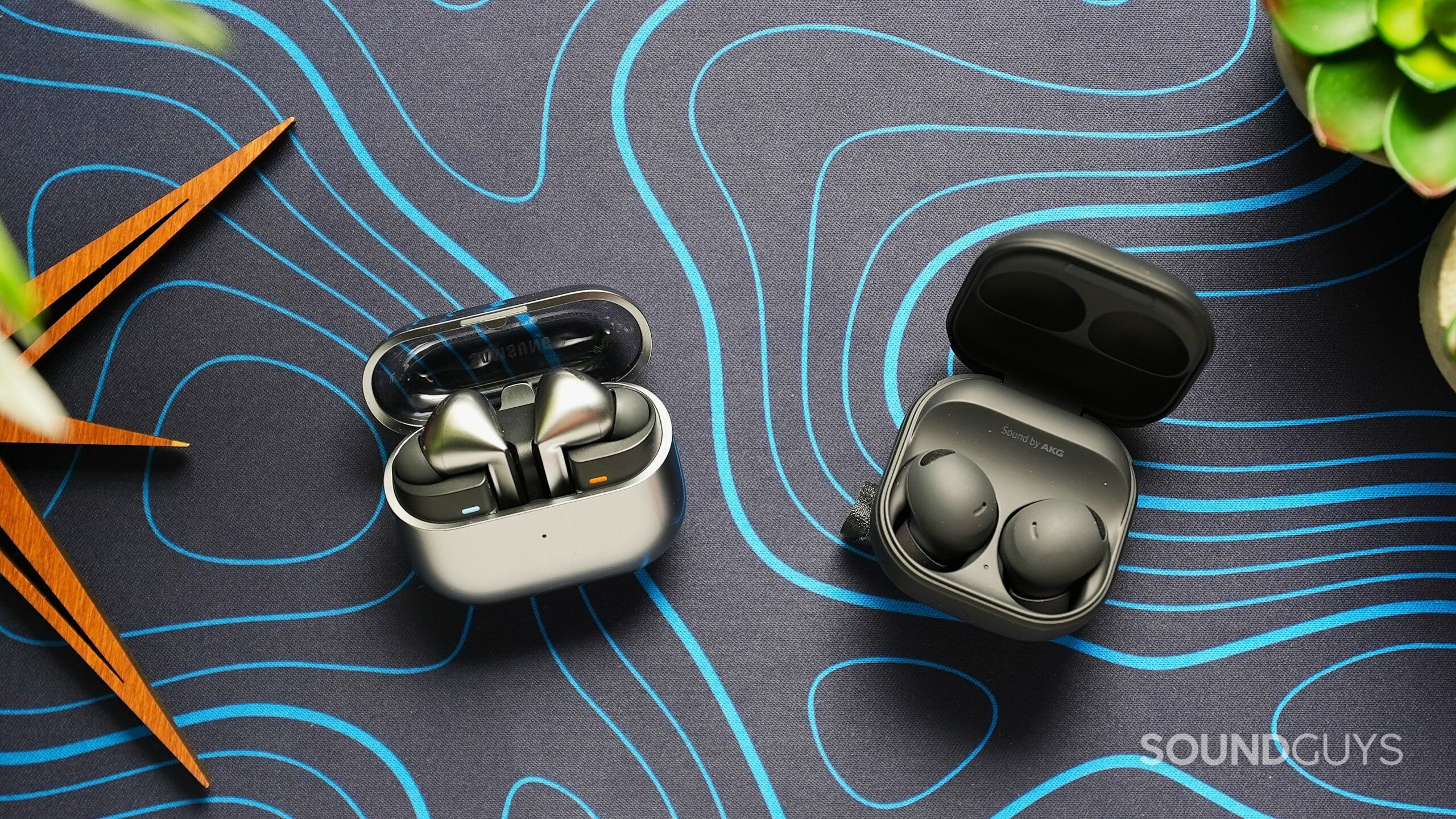
Samsung still stands as one of the preeminent global tech companies for now. If Samsung — and others like it — continues copying Apple without pushing the envelope, its laziness, hubris, whatever it may be, will undermine its success.
In a way, imitating Apple makes sense. After all, none are more successful than Apple here. However, original designs and moonshot ideas can increase customer loyalty and differentiate one brand from the rest. Moves like this will pay dividends down the road. Samsung and the like, please do yourself and us consumers a favor by looking beyond Apple. Of course, study your opponent, but there is only so much copying that we’ll put up with before giving our money to another more innovative brand that tries to be itself, not Apple.
As the full saying goes, “Imitation is the sincerest form of flattery that mediocrity can pay to greatness.”
Frequently asked questions about AirPods alternatives
The Nothing Ear are great AirPods alternatives. These work well for listeners who like the stemmed design and want their buds to work equally well on any device. We appreciate that Nothing lets users customize the sound through its mobile app. You can also workout with these buds, thanks to their IP54 rating.
The Apple AirPods Pro (2nd generation) are the best iPhone earbuds. Apple’s buds just work so well with its smartphones and quickly switch between Apple devices (i.e., iPads and Macs).
The Galaxy Buds2 Pro have better low-frequency noise cancellation and are a much better value than the Buds3 Pro. If, however, you like the stemmed design of the newest buds, they’re still a mighty option for Samsung phone owners.